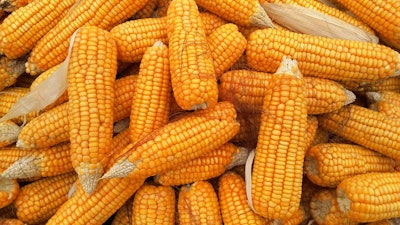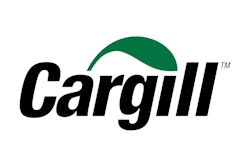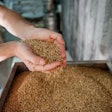
The quality of corn assembled for export early in the 2017/2018 marketing year was better or equal to U.S. No. 2 on all grade factors, based on the information aggregated and reported in the recently-released seventh edition of the U.S. Grains Council’s (USGC’s)Corn Export Cargo Quality Report.
“An advanced infrastructure system and robust inspection and grading standards bolster the United States’ reputation as the world’s largest and most reliable supplier of corn,” wrote Deb Keller, USGC chairman and farmer from Iowa, in the report’s greeting. “However, members of the U.S. corn marketing system also understand the importance of consistent quality to food and feed end-users.”
Average test weight found by the analysis was the same as 2016/2017, indicating overall good quality. Chemical composition attributes indicated similar protein, lower starch and higher oil concentrations than 2016/2017. The early 2017/2018 corn exports had larger kernels and higher stress cracks, true density and horneous endosperm, but lower whole kernels than the prior year. Importantly, all of the samples for aflatoxin and deoxynivalenol (DON) or vomitoxin were below the U.S. Food and Drug Administration action and advisory levels, respectively.
The export cargo quality report is based on 430 yellow commodity corn samples collected from corn export shipments undergoing the federal inspection and grading processes at export terminals.
The report is a companion to another analysis, the2017/2018 Corn Harvest Quality Report, which provided information about the quality of the most recent U.S. corn crop at harvest as it entered international merchandising channels.
Together, the two reports provide reliable information on U.S. corn quality from the farm to the customer based on transparent and consistent methodology. These reports provide an early look at the grade factors established by the U.S. Department of Agriculture (USDA), moisture content and additional quality characteristics not reported elsewhere. Examining both reports is important to identify and understand any noticeable changes occurring between these two time periods.
The Council will roll out the new report's results during a series of crop quality seminars around the world, beginning in the next two weeks in Mexico. These outreach activities help to establish clear expectations with buyers and end-users regarding the quality of corn this marketing year in addition to providing information on grading, handling and how U.S. corn is moved and controlled through export channels.
“The Council is committed to continuous export expansion based on the principles of mutual economic benefit and increased food security through trade,” Keller said. “Our global staff serves as a trusted bridge between international corn buyers and the world’s largest and most sophisticated agricultural production and export system.”
Read both reports atgrains.org/corn_report/.





















